The Enterprise Architecture Market will continue to grow due to major companies in the industry making significant R&D investments to extend their Component ranges. Significant market developments include new Component releases, contractual agreements, mergers and acquisitions, greater investments, and cooperation with other organizations. Market participants also engage in various strategic actions to broaden their global footprint. The Enterprise Architecture Market sector must provide affordable Components to grow and thrive in a more cutthroat and dynamic market.
One of the main strategies manufacturers use in the worldwide Enterprise Architecture Market to benefit customers and expand the market sector is local manufacturing to reduce operating expenses. Some of the biggest medical benefits in recent years have come from the Enterprise Architecture Market sector. Major players in the Enterprise Architecture Market, including Software AG, Avolution, BiZZdesign, MEGA International, BOC Group, Orbus Software, QualiWare, Leanix, Erwin, Sparx Systems, ValueBlue, UNICOM Global, Clausmark, Enterprise Architecture Market Solutions, Planview, and others, are attempting to increase market demand by investing in research and development operations.
BOC Group produces and sells Enterprise modeling software to enable comprehensive and efficient business management in the digital age. They provide user-friendly, dependable, and long-lasting solutions in enterprise architecture management, risk and compliance management, and business process management, all under one roof in close collaboration with their clients. Their clients use their software solutions ADONIS, ADOIT, and ADOGRC to successfully re-design their digital enterprises and drive business growth at every level of the organization, ranging from Fortune 500 organizations to small and medium-sized businesses. With more than 250 workers, they constantly work to enhance and develop their goods and services.
Innovation is ingrained in their culture and is one of the keystones of their success. ATD Solution, an APAC-based digital enterprise architecture consulting firm, and BOC Group partnered in November 2020. The partnership aims to improve enterprise architecture services and increase BOC Group's footprint in the Asia-Pacific region.
Erwin is a leader in data intelligence software and enterprise modeling. With the help of the Erwin EDGE platform, IT and business teams can collaborate on enterprise data governance, which fosters valuable insights, flexible innovation, risk management, and business transformation. Making informed judgments is aided by integrated data modeling, enterprise architecture, data governance, and business process modeling capabilities. Organizations of all sizes can control data turmoil and prepare for the next IT issue by maximizing their assets' security, quality, and value with Erwin by Quest. Erwin acquired Quest Software in January 2021 to enhance its current offering.
This move could facilitate the implementation of contemporary applications and major data efforts while maintaining regulatory compliance.
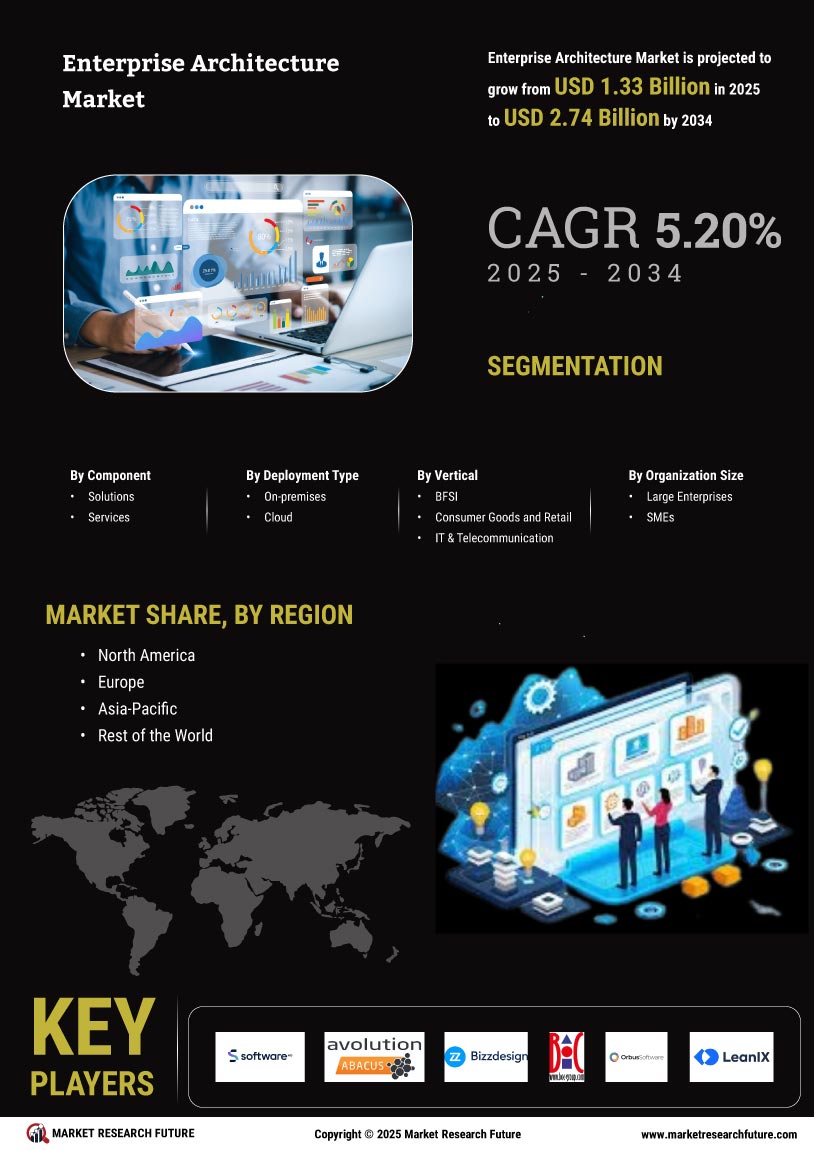

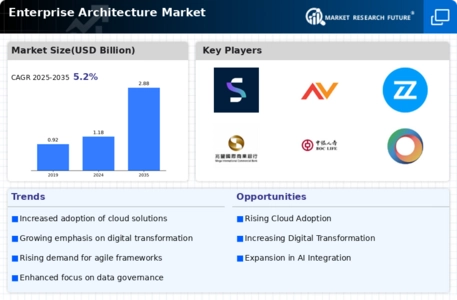
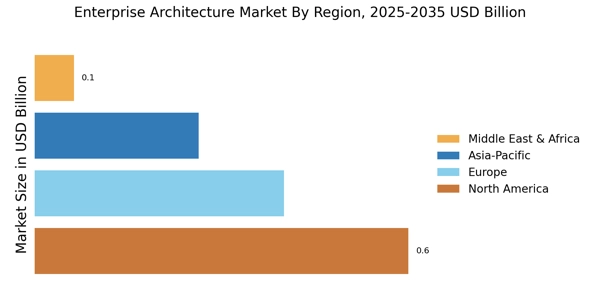




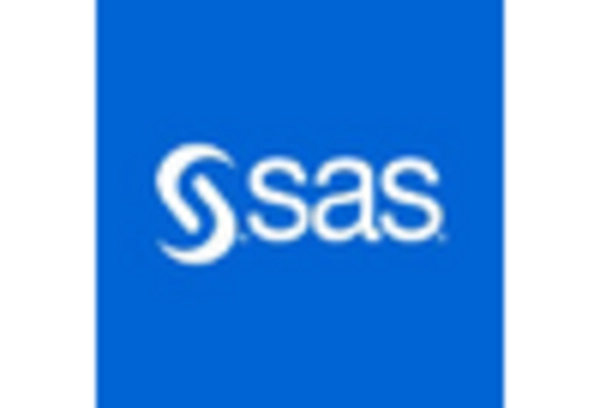
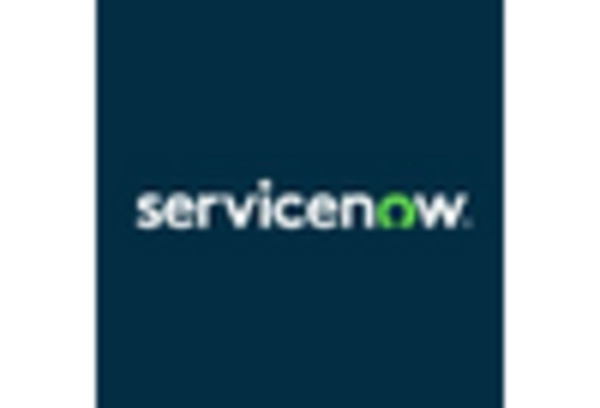








Leave a Comment